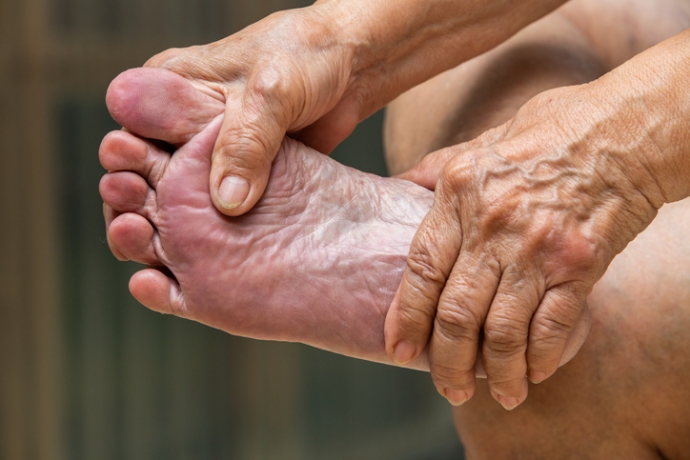Aging is a multifaceted, natural phenomenon with biological changes occurring in cells, tissues and organs. This gradually leads to their damage, reduction in metabolism and alterations in the ability to absorb and utilize certain foods and nutrients. These changes are neither linear nor consistent and are only loosely associated with age in years, as these are strongly influenced by the environment and behavior of the individual in young and middle years.
Changes associated with Aging
Aging is associated with following changes.
Body Composition and Fat distribution:
As we age, our body composition changes – fat mass increases and muscle mass decreases, leading to a slower metabolism thus reducing the energy requirements. If the calories are not restricted, it may result in unwanted weight gain. With age, the pattern for body fat accumulation, shifts from peripheral areas to the abdominal area of the body, increasing the waist size. Both these factors increase the risk for diabetes, high blood pressure, heart disease, stroke, sleep apnea and arthritis.
Metabolism:
Our metabolism reduces as we age. The complex processes by which our body uses food, water and nutrients, slows down. Our body is not able to absorb and utilize these resources as efficiently as it once did. The greatest change in gastrointestinal function with advancing age is atrophic gastritis, a condition in which chronic inflammation damages the glands, that produce stomach acid. This results in reduced absorption of folic acid, vitamin B-12, calcium, magnesium and iron.
Bone strength:
Bone is living tissue. It undergoes a lifelong process of remodeling. Mature bone tissue is broken down and new bone tissue is formed. As we age, the rate of bone destruction exceeds the rate of bone formation, resulting in loss of bone tissue. Low bone mass makes the bones weaker and more prone to fractures. Reduced activity and hormonal changes also reduce bone density. The chemistry of cartilage, which provides cushioning between bones, changes. With less water content, the cartilage becomes more susceptible to stress. As cartilage degenerates, arthritis can develop. Ligaments, the connective tissue between bones becomes less elastic, reducing flexibility.
Skin:
With advancing age, the skin becomes thinner. As collagen fibres decrease in number and rupture, their capacity to bind water diminishes and the skin loses its tone & elasticity, sags and becomes wrinkled.
Hydration:
As you age, your body’s thirst signal diminishes. When your body needs water, you may not even realize it because you don’t feel thirsty like you once did. Your kidneys may not work as effectively with age, leading to a fluid imbalance in your body. Since your body has less water as you age, you become dehydrated much quicker than when you were younger.
Long-term dehydration can reduce the fluid in the cells, reducing the ability to absorb medicine, worsening existing medical conditions and increasing fatigue.
Memory and Thinking:
Alzheimer’s disease is the most common cause of dementia among older adults. It is an irreversible, progressive brain disorder that slowly destroys memory and thinking skills and eventually, the ability to carry out activities of daily living. Elders with normal mental health, with maternal family history, APOE 4 gene and insulin resistance are prone to Alzheimer’s.
Medications:
Medications and antibiotics given for treatment of diseases have numerous side effects and even lower immunity, thus initiating a vicious cycle. Certain medications also affect the way our body absorbs or uses minerals. Metformin, a common medicine for diabetes reduces the level of Vit B-12, which is essential for making red blood cells and healthy brain functioning. In elderly, the absorption of Vit B-12 is already reduced. This double fold impact of vit B-12 deficiency in elderly can result in tiredness, muscle weakness, nerve problems, depression, memory loss etc.
Healthy longevity is a boon for elderly. Knowing the changes and appropriate preventive action can contribute a lot towards healthy aging.



